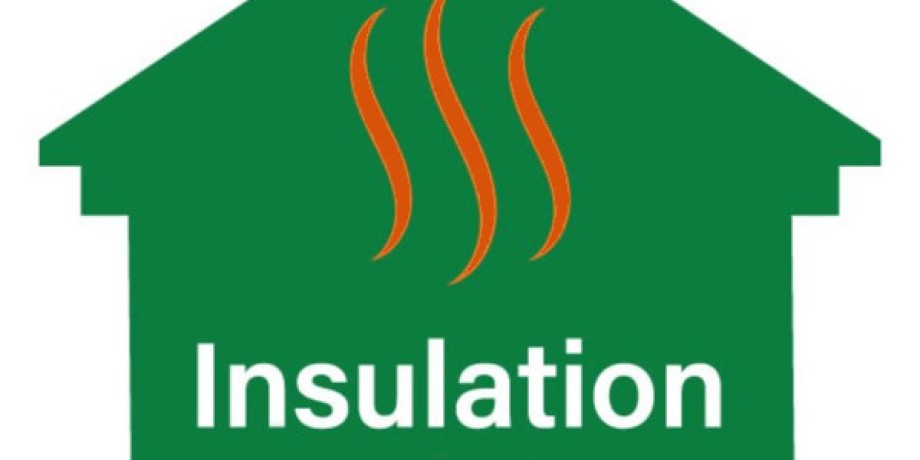Finding a Contractor for Installing Insulation

by Mark Row
Do the Job Right
Sometimes you better step down and leave the job to professionals. This could be applied to insulation within your home, especially bearing in mind that often certain materials do acquire some professional knowledge and skills simply because the installation involves special techniques and some level of protection due to the fact that some materials, if not properly used, can pose a threat for your health. However, even when hiring a professional to do the job for you, it does not mean that you should not have some information about the work that is going to be performed and the insulation material that is going to be used. This will allow you to get all the information from your contractor that is know what to ask and what is even more important understand the answer. Hopefully, the following few lines will give you some guidance on finding a contractor for installing insulation within your home.
Step No.1 – Know the material
The first thing you will have to know is the insulation material installed. Although you should not bother yourself with too much information on R or U values for example, but you should get your facts straight. There are many insulation materials available, all especially designed for usually multiple purposes and adaptable to different surfaces, like your walls, ceilings, floors or roof constructions. We believe that if you have some basic knowledge on at least the most commonly used ones, you could sit down and ask your contractor everything you want to know, from the effectiveness of the material (in the words of thermal resistance) to potential hazards for your health, since some materials can pose a threat for your skin and lungs while others are proved as lethal and thus should not be used under any circumstances (like asbestos insulation). Although there are many different types available, we will try to point out some basic characteristics of probably the most commonly used ones, such as rock wool and polystyrene rigid insulation boards.
Rock or also known as mineral wool is made out of fine fibres compressed into slabs and rolls upon production. Made from molten rock and a special binder mixture heated at extremely high temperatures, it is fire resistant and unaffected by water and moisture. It has high R value and thus it is applicable to almost any area within your home, also possessing certain level of acoustic insulation properties.
Polystyrene insulation boards are made as expanded or extruded boards, dictated by the manufacturing process. Either way, they are made out of rigid plastic, which is deriving from polystyrene beads or polystyrene crystals which are exposed to heat, compressed and shaped into light but highly resistant boards. They can usually be seen on interior walls or attic spaces, but can have a much wider application.
Step No.2 – Know the process
Another step in finding the right contractor for installing insulation is knowing the installation process. This will help you ask all the right questions but also estimate whether it is something you can do yourself and save some money in the process.
For example, let’s say you are insulating your basement wall. If you know that the insulation material will have to go around your wiring and electrical outlets, you can ask your contractor whether some preparations need to be done in order of avoiding additional work and costs later on. This also goes for moisture and damp problems. Knowing that certain material can be influenced by these issues will help you deal with the problem prior to installing insulation. Also, adding rock wool insulation also requires building a metal or timber stud wall that will withhold the material so you can plan your expenses and the time required for the needed work to be carried out, ahead.
Finally, if you are aware of the fact that the before mentioned materials can easily be cut to the right shape, with nothing more than some basic tools that you probably already have, you might decide that some basic knowledge on the insulation installation process and a pair of skilful hands will be quite enough. If you believe that this is something you can do yourself, please visit our blog and detailed guides on installing different types of materials on different areas within your home, from your basement to your attic space.
Step No.3 – Know the price
Since people usually have a limited budget for installing insulation, always carefully plan your expenses and choose the right contractor for the job. Make sure that you gather all relevant information on what will the contractor’s price include, what will additionally be charged, does the price include the insulation material, ask about the manufacturer since you should always choose materials of high quality made from well known and renowned manufacturers that provide a certain level of guarantee. Once you have all the information, just try to decide whether it is cost effective to hire a professional for installing insulation or not. However, bear in mind that this will also depend on the material being used since some products such as blown-in insulation are better left to a professional that have all the required equipment and expertise on how to use it.
Choose the best contractor but also get to know different insulation materials for your home improvement project, or seek advice from our experts. You are welcome to leave a comment or share the article.



































































































































